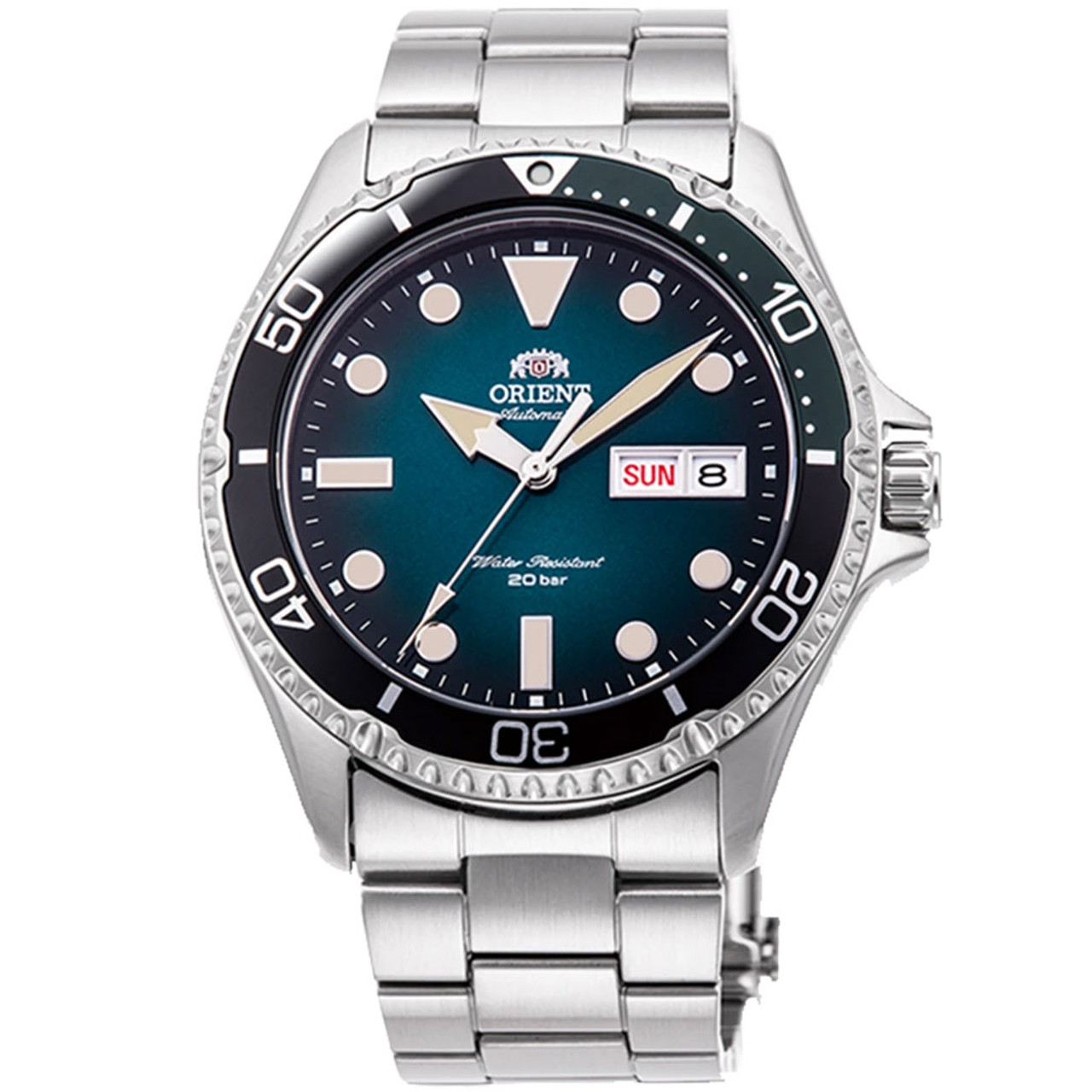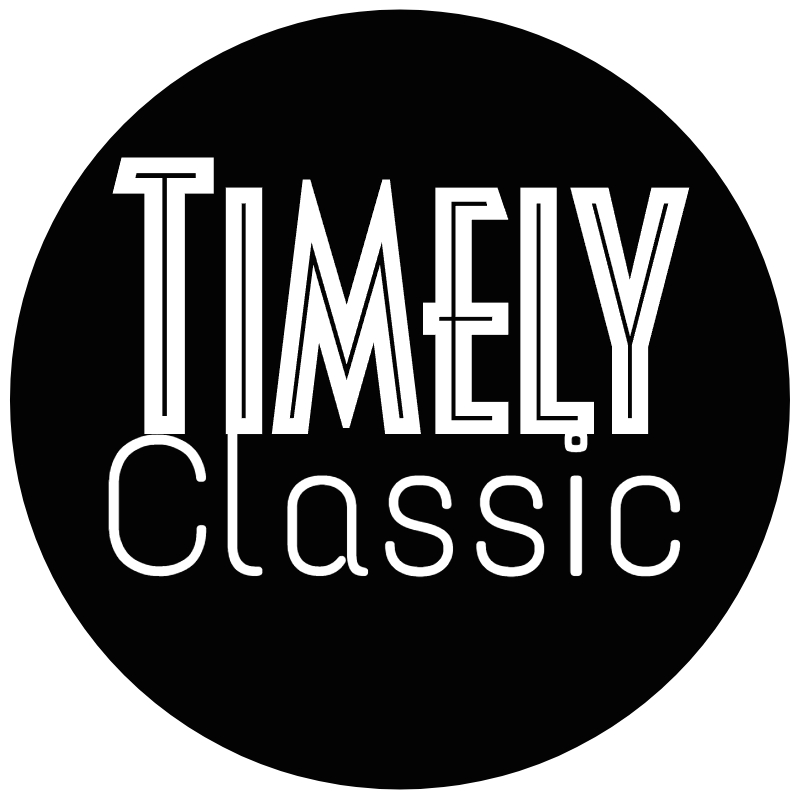Orient is another legendary name in the Japanese watch world, often flying under the radar but revered among enthusiasts—especially for mechanical watch lovers. Here’s a streamlined look at
Orient’s history:Origins: 1901–1950
1901: Shogoro Yoshida opened a wholesale watch shop in Ueno, Tokyo.
1920: Founded the Toyo Tokei Manufacturing, which produced gauges and later wristwatches.
1934: Started making wristwatches, but production halted due to WWII.
1950: After the war, the company was restructured and renamed Tama Keiki Company.
1951: Officially became Orient Watch Co., Ltd., launching its first modern watch, the Orient Star.
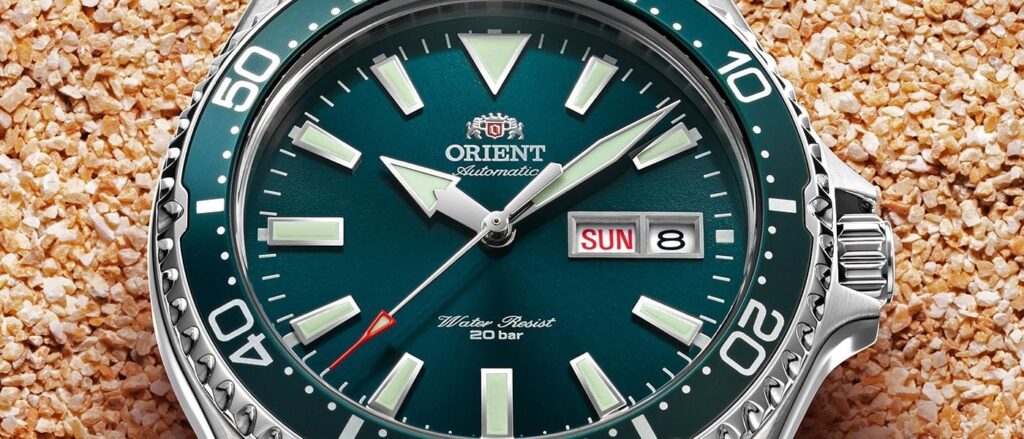
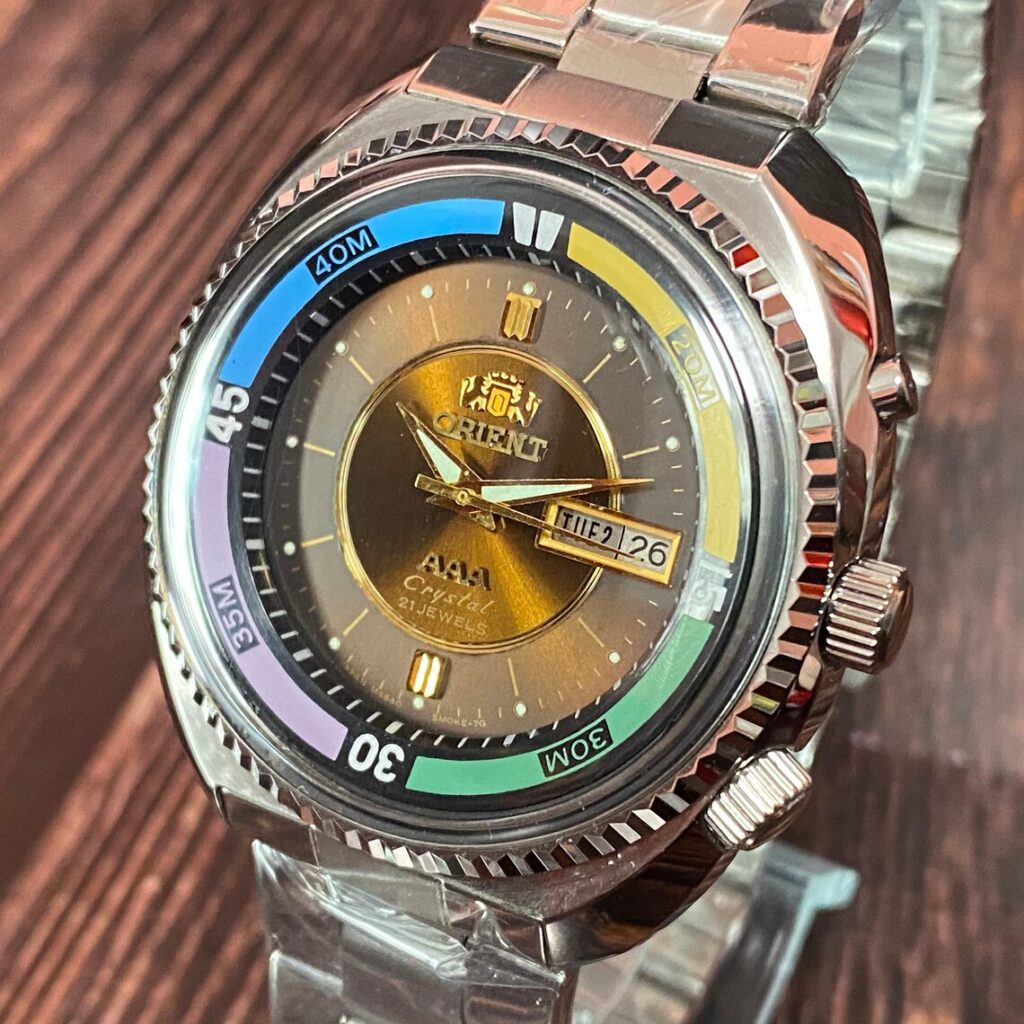
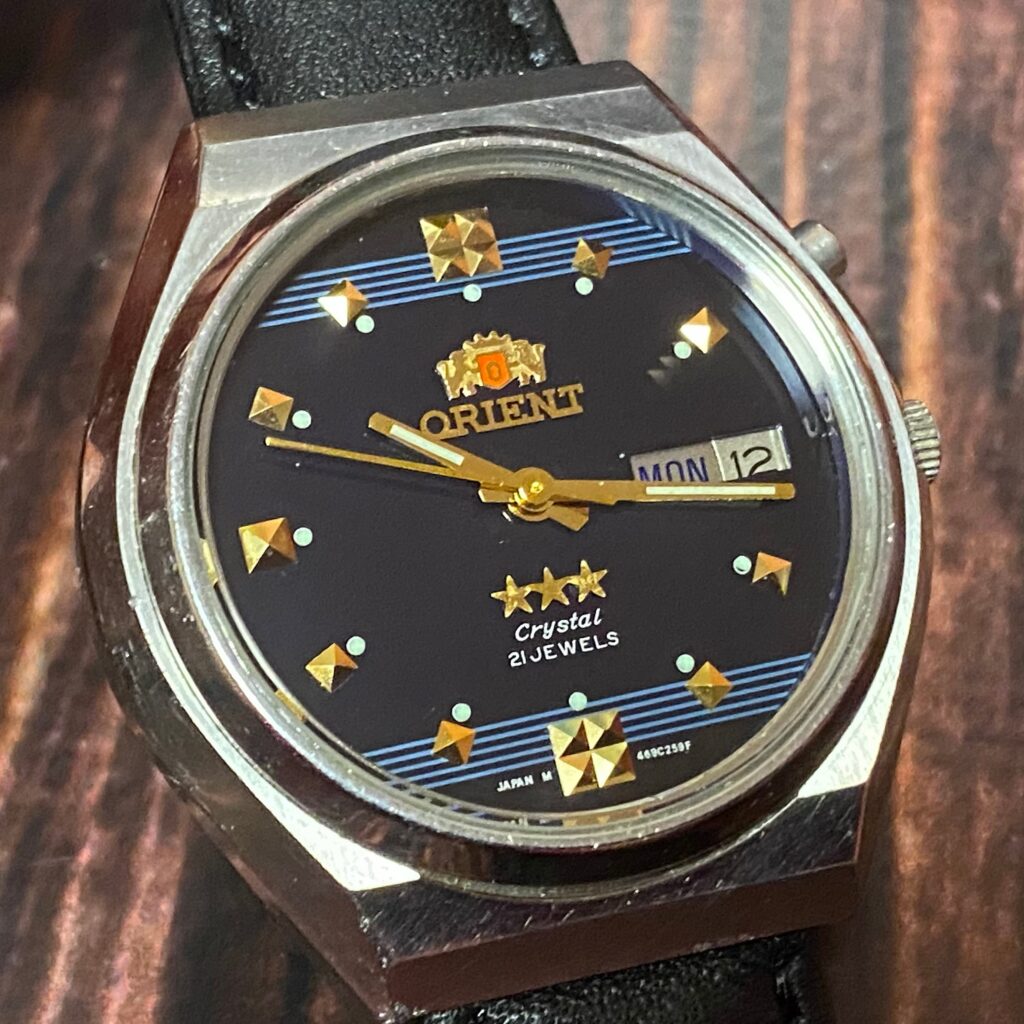
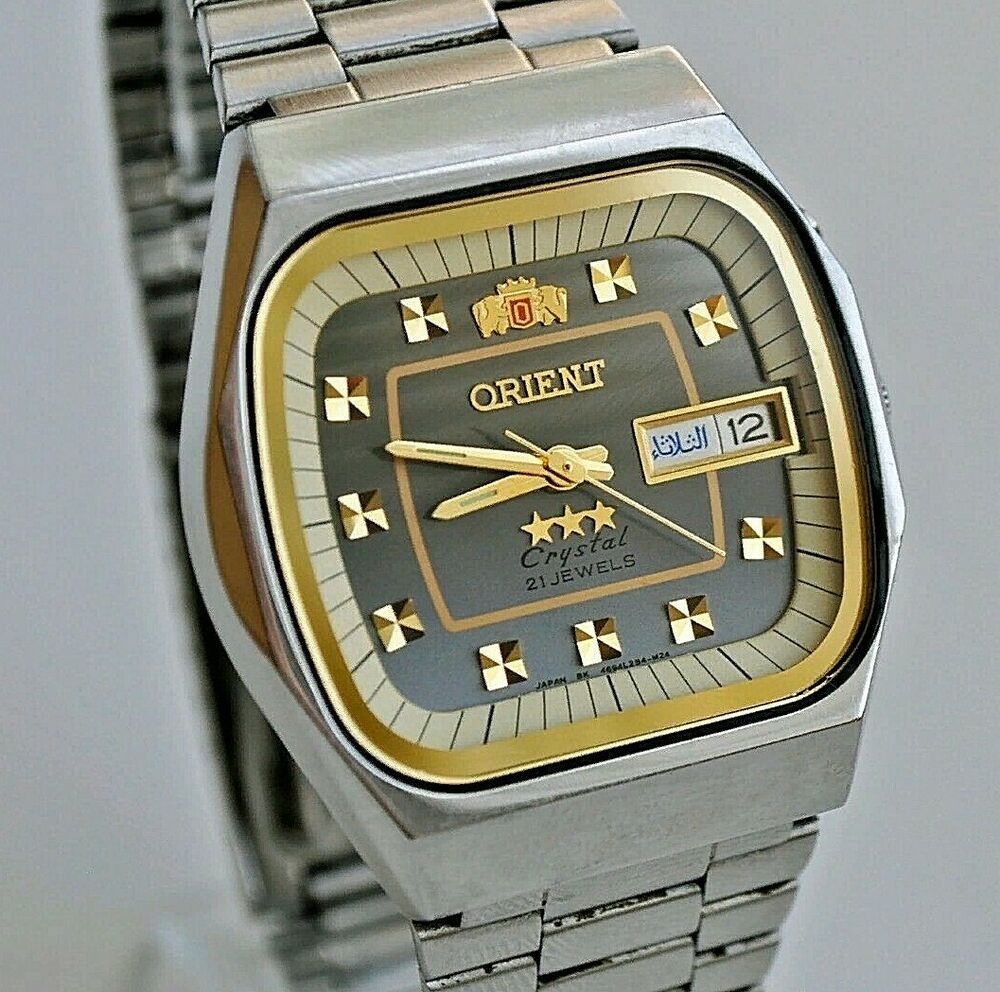
Growth Through Mechanics: 1950s–1970s
1960s: Gained popularity in Asia and the Middle East, especially for their robust automatic movements and unique dial designs.
1950s–60s: Built its reputation on durable, affordable mechanical watches, becoming one of the “big three” Japanese watch brands (with Seiko and Citizen).
1959: Released the Royal Orient, a high-end mechanical line.
Innovation Era: 1970s–1990s
Continued refining their in-house movements, earning respect for self-reliance and value.
Like many brands, Orient was impacted by the Quartz Crisis but continued to focus primarily on mechanical movements, unlike Seiko and Citizen who pivoted to quartz.
Still, they introduced some quartz models to stay competitive.
Modern Era & Seiko Epson Group: 2000–Present
Focus remains on affordable mechanical watches, with both classic and modern designs.
2001: Became a subsidiary of Seiko Epson Corporation (part of the Seiko Group).
2017: Fully merged into Seiko Epson, but remains a distinct brand with its own identity.
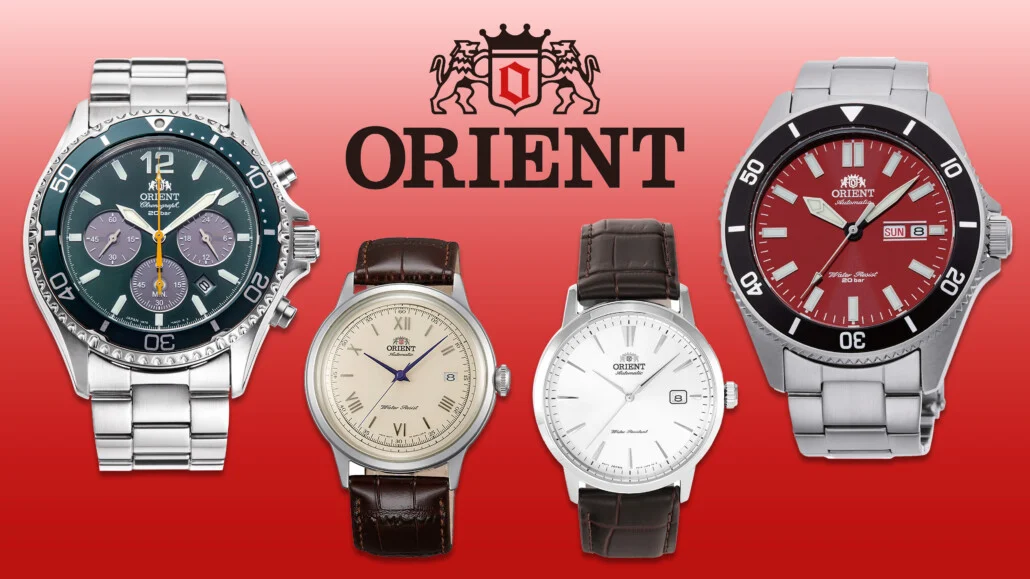
Popular Orient Collections
- Orient Bambino: Affordable, elegant dress watches with vintage flair and domed crystals.
- Orient Mako & Ray: Beloved automatic dive watches—often praised as the best entry-level divers.
- Orient Star: A more premium line with higher-grade finishing, power reserve indicators, and open-heart dials.
- Kamasu: Sportier diver-style watch with sapphire crystal—great value for the price.
- Retro Future & Avant-Garde Lines: Bold, design-forward mechanical pieces.
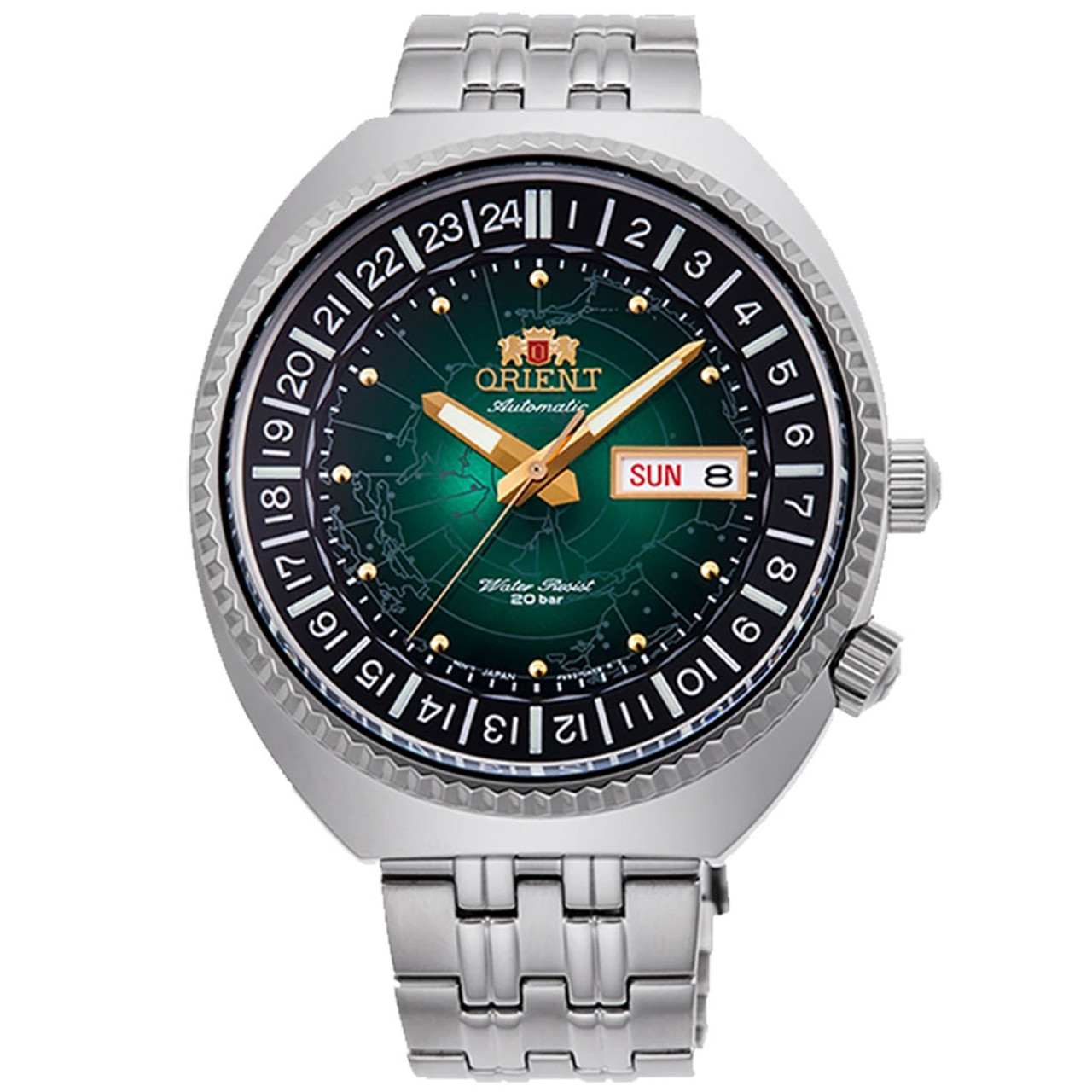
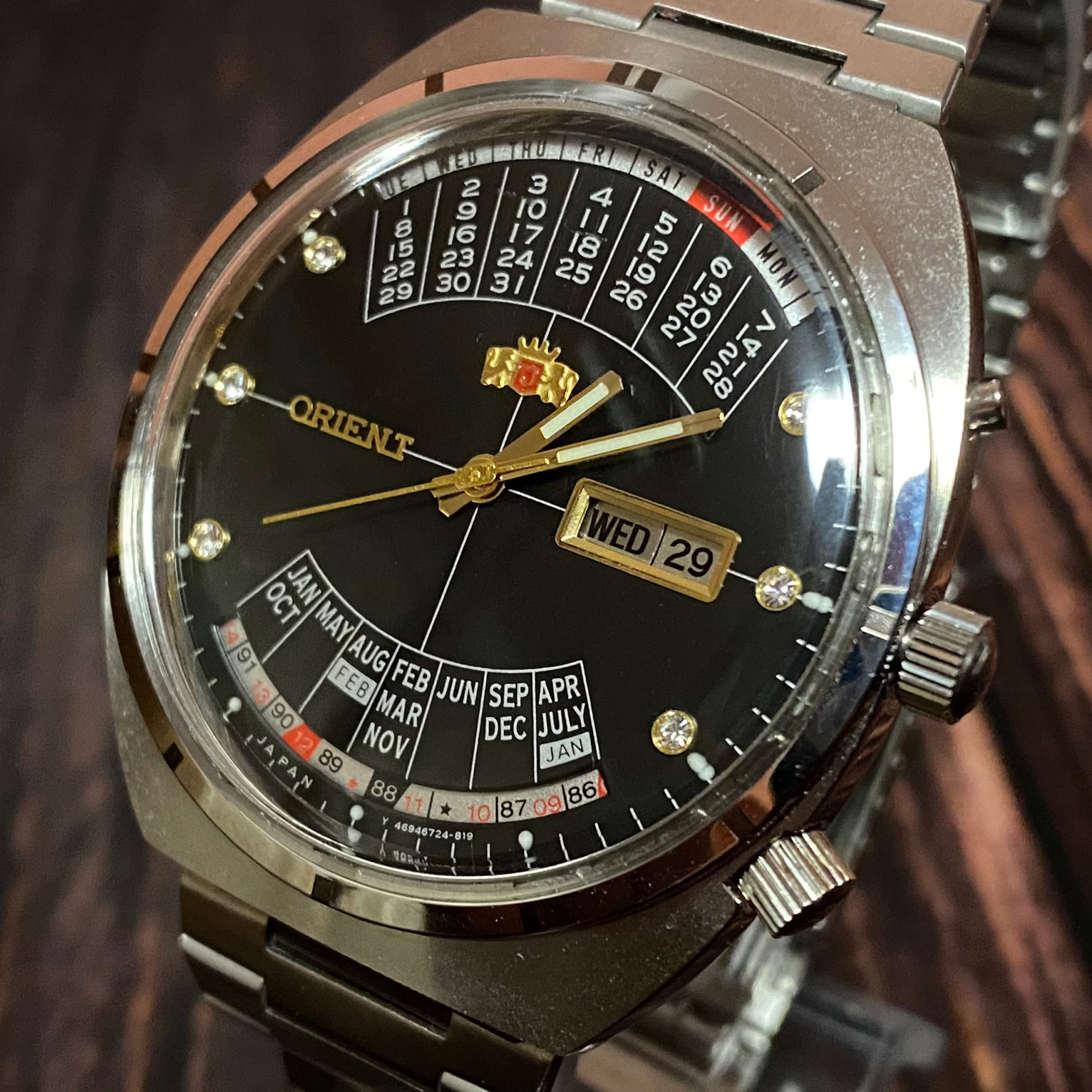
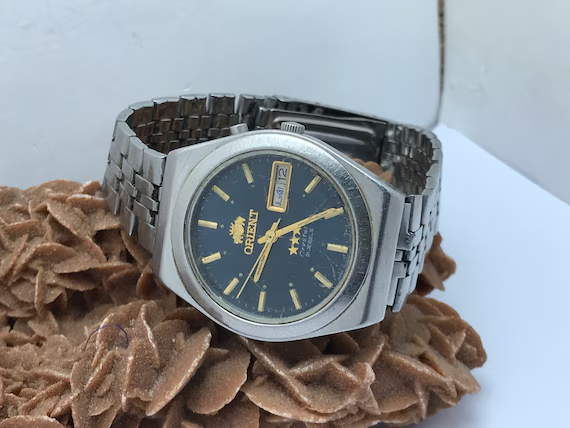
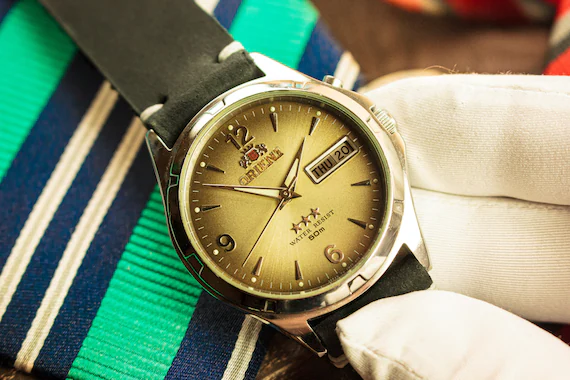
Orient vs Seiko/Citizen
- Orient: Known for value-driven mechanical watches with in-house movements.
- Seiko: Offers broader variety—quartz, mechanical, kinetic, and luxury via Grand Seiko.
- Citizen: Leader in quartz/solar tech (Eco-Drive), with some mechanical offerings.
